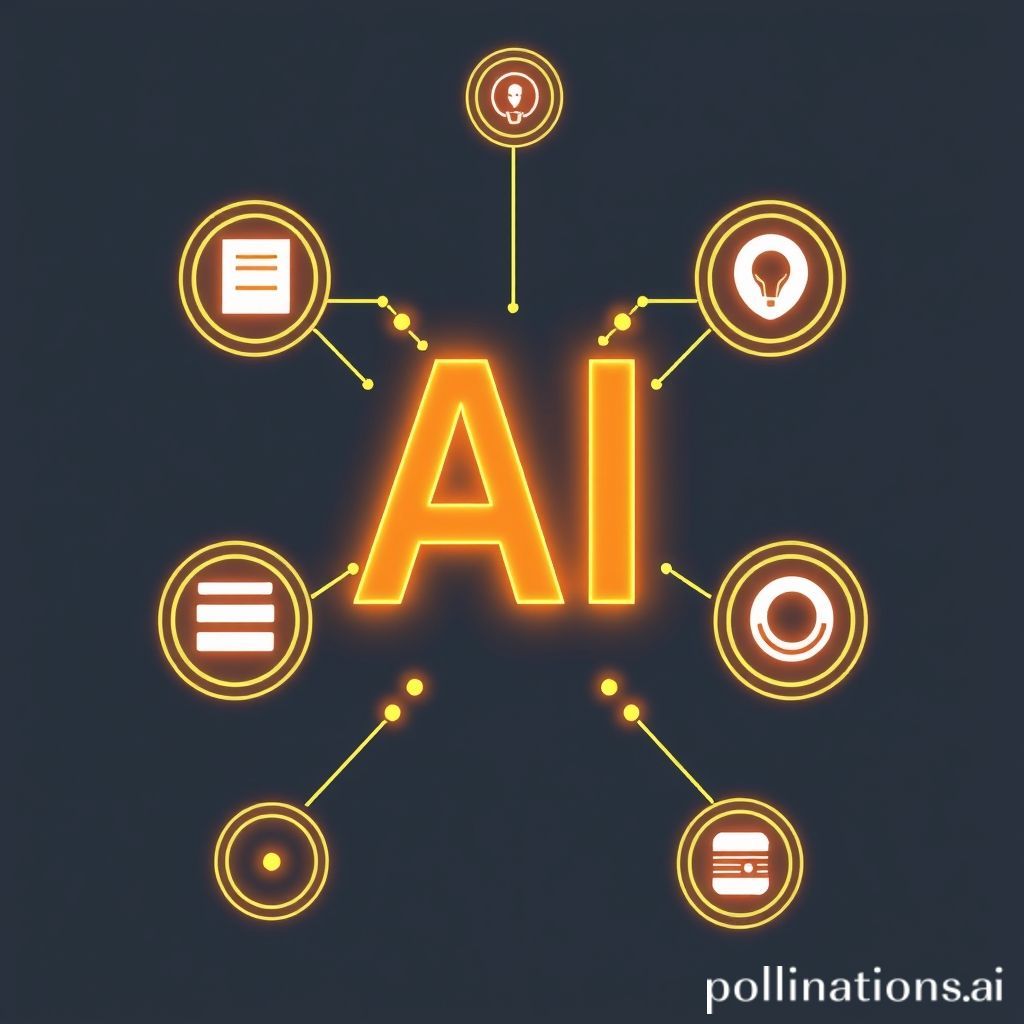Table of Contents
- Introduction
- Understanding the Importance of Email Retargeting and Cart Abandonment
- Identifying Key Reasons for Cart Abandonment
- Segmenting Your Audience for Targeted Campaigns
- Crafting Compelling Email Content to Re-Engage Customers
- Utilizing Personalized Product Recommendations
- Timing Your Emails for Maximum Impact
- A/B Testing Campaigns to Optimize Performance
- Measuring Success and Adjusting Strategies
- Conclusion
- Frequently Asked Questions
Introduction
Have you ever wondered why some businesses seem to effortlessly skyrocket their sales while others struggle to gain traction? The secret might just lie in mastering the potent techniques of email retargeting and cart abandonment recovery. As the digital marketplace becomes increasingly competitive, these strategies have emerged as game-changers, allowing businesses to engage potential customers at just the right moment and convert hesitations into purchases.
Imagine having the power to remind your customers of their abandoned shopping carts, enticing them with personalized offers that make them click ‘buy now’ almost instinctively. Discover the art of leveraging customer data for precision-targeted emails that not only bring back previous visitors but also transform them into loyal buyers.
| Benefits of Email Retargeting | Cart Abandonment Recovery |
|---|---|
| Increased Engagement | Recover Lost Sales |
| Personalized Offers | Enhanced Customer Experience |
| Higher Conversion Rates | Improved Retention |
Stay with us as we unravel the strategies and techniques that could transform your sales figures like never before. With insights into crafting the perfect email retargeting campaign, you’re about to learn how to turn missed opportunities into thriving sales successes!
Understanding the Importance of Email Retargeting and Cart Abandonment
Understanding the importance of email retargeting and cart abandonment recovery campaigns is crucial for businesses aiming to maximize their sales potential and improve customer engagement. Email retargeting involves sending targeted messages to users who have interacted with a brand but have not completed their intended actions, such as making a purchase. This strategy helps in re-engaging potential customers by reminding them of the products or services they showed interest in, often providing incentives like discounts or personalized recommendations.
Cart abandonment recovery, on the other hand, specifically targets users who added items to their shopping cart but left the website without checking out. Statistics suggest that nearly 70% of online shopping carts are abandoned, representing a significant opportunity for businesses to recover lost revenue. By understanding customer behavior and leveraging data analytics, businesses can craft tailored email campaigns that address specific concerns or hesitations that led to cart abandonment.
These approaches not only contribute to increased conversion rates but also enhance customer relationships by providing a personalized shopping experience. Employing effective email retargeting and cart abandonment strategies can therefore play a pivotal role in driving business growth and fostering customer loyalty.
Identifying Key Reasons for Cart Abandonment
Identifying the key reasons for cart abandonment is crucial for businesses aiming to refine their e-commerce strategies. One primary reason customers abandon their carts is unexpected costs at checkout, such as shipping fees, taxes, or handling charges. These added expenses can significantly increase the final price, causing customers to reconsider their purchase. Another factor is the complexity or length of the checkout process. A complicated or time-consuming process can frustrate potential buyers, leading them to abandon their carts.
Moreover, a lack of payment options can be a deterrent. Customers appreciate flexibility when it comes to payment methods, and if their preferred option isn’t available, they might not complete the purchase. Additionally, website performance, including slow page loading times or crashes, can disrupt the shopping experience and discourage users from finalizing their transactions.
Customers may also abandon their carts due to security concerns. If they perceive a website as untrustworthy or lacking adequate security measures, they are likely to leave without completing their purchase. Lastly, some users engage in cart abandonment intentionally, using the cart as a wish list or to compare prices across different websites before making a decision.
Segmenting Your Audience for Targeted Campaigns
Segmenting your audience is a crucial strategy for ensuring the effectiveness of email retargeting and cart abandonment recovery campaigns. By dividing your audience into distinct groups based on factors such as purchase history, browsing behavior, and demographic data, you can create tailored messages that resonate with each segment’s unique interests and needs. This personalized approach not only enhances the customer experience but also increases the likelihood of conversion.
To begin segmenting your audience, first gather data from multiple touchpoints, such as website interactions, email engagement, and previous purchases. Analyze this data to identify patterns and clusters within your customer base. Common segmentation criteria include geographical location, age, gender, and shopping preferences. Once you have clearly defined segments, craft targeted email content that speaks directly to each group’s motivations.
For instance, a segment with high cart abandonment rates might respond well to emails featuring personalized product recommendations or limited-time discounts, while a segment of frequent buyers could be enticed with exclusive previews of new arrivals. The goal is to engage each segment with relevant content that addresses their preferences and nudges them closer to completing a purchase.
Crafting Compelling Email Content to Re-Engage Customers
Crafting compelling email content to re-engage customers is an art that combines the right mix of personalization, incentives, and clear calls-to-action (CTAs). The first step is to personalize the email to make the recipient feel unique. Use their first name and reference their browsing or purchase history to create a connection. By doing this, the email feels tailored rather than generic, which can capture attention more effectively.
Next, consider offering an incentive to encourage action. This could be a discount, free shipping, or an exclusive offer that provides a reason for the customer to return. The incentive should be clearly highlighted in the email so that it’s easily understood at a glance.
Finally, ensure that your email contains a clear and compelling CTA. The CTA should stand out visually and be action-oriented, such as ‘Complete your purchase’ or ‘Return to your cart.’ It’s essential to make it as easy as possible for customers to complete the desired action.
By focusing on personalization, timely incentives, and strong CTAs, businesses can significantly improve their chances of recapturing customers’ attention and reducing cart abandonment rates.
Utilizing Personalized Product Recommendations
Utilizing personalized product recommendations is a powerful strategy to enhance your email retargeting and cart abandonment recovery campaigns. By tailoring suggestions based on customer behavior and preferences, you can significantly increase the likelihood of conversion. When a customer abandons a cart, sending an email with personalized product recommendations, which are aligned with their browsing history or previous purchases, can reignite their interest. This approach not only reminds them of what they left behind but also introduces them to similar or complementary products they might not have considered.
To effectively implement this strategy, leverage data analytics tools to track customer interactions on your site. These insights enable you to create dynamic and customized emails that adjust in real-time to reflect up-to-date product stocks and customer preferences. Also, consider integrating machine learning algorithms to automate this process, ensuring scalability and precision.
Furthermore, incorporating compelling visuals and clear calls-to-action within these recommendation emails can enhance engagement rates. Personalized messages that address the recipient by name and offer exclusive discounts or incentives can also boost conversions. By focusing on personalized product recommendations, you can foster a deeper connection with your customers, driving both sales and brand loyalty.
Timing Your Emails for Maximum Impact
Timing your emails for maximum impact is a critical strategy in email retargeting and cart abandonment recovery campaigns. The timing of an email can significantly affect its open and conversion rates. To optimize timing, consider the behavior of your audience and their time zones. Analyze historical data to find patterns in customer interactions, such as when they are most active or when they have previously completed purchases. Typically, sending emails shortly after an abandoned cart is detected — often within the first few hours — can yield higher recovery rates. Additionally, make use of a series of reminders over several days to gently nudge potential customers back to their carts. The initial email should be a friendly reminder, followed by a more persuasive message offering incentives like discounts or free shipping if the cart remains abandoned for an extended period. Testing different send times and analyzing the results allows you to refine your approach, ensuring your messages are delivered when recipients are most likely to engage. Timing doesn’t only relate to hours of the day but also days of the week and significant calendar events, which can influence consumer purchasing behavior. Effective timing, combined with compelling content, maximizes the potential for reaching and converting interested customers.
A/B Testing Campaigns to Optimize Performance
A/B testing is a crucial strategy in optimizing the performance of email retargeting and cart abandonment recovery campaigns. By setting up A/B tests, you can compare two versions of an email to determine which one delivers better results in terms of open rates, click-through rates, and conversions. This process involves altering elements such as subject lines, email design, call-to-action buttons, and sending times to identify what resonates most with your audience.
Implementing A/B testing allows marketers to make data-driven decisions, reducing guesswork and mitigating risk when deploying campaigns. A well-structured A/B test should focus on a single variable at a time while keeping other elements constant to ensure accurate results. Once the tests are completed, analyzing the data helps in understanding customer behavior and preferences, enabling continuous optimizations.
By doing so, businesses can enhance customer engagement, drive sales, and ultimately increase revenue from retargeting efforts. In the competitive landscape of email marketing, A/B testing is not just helpful, but essential in creating effective campaigns that recover abandoned carts and improve retention rates. Prioritizing this strategy ensures that marketing efforts directly translate into measurable growth and success.
Measuring Success and Adjusting Strategies
When addressing email retargeting and cart abandonment recovery campaigns, measuring success is crucial to ensure strategies are effective and ROI is maximized.
Key performance indicators (KPIs) such as open rates, click-through rates, conversion rates, and revenue per email sent are instrumental in evaluating campaign success.
By closely monitoring these metrics, businesses can identify trends and patterns that indicate what strategies work best for their audience.
For instance, a low open rate might suggest that the subject line is not engaging, while a high open rate but low click-through rate could mean the email content needs improvement.
Once data is collected and analyzed, it’s essential to adjust strategies accordingly.
Segmenting email lists based on customer behavior and preferences, testing different email send times, personalizing content, and A/B testing subject lines and email formats are all effective methods for optimizing campaigns.
Additionally, incorporating feedback loops, where responses are systematically reviewed and used to refine messaging, can ensure continuous improvement.
This proactive approach not only boosts engagement and recaptures potential lost sales but also enhances customer experience, ultimately driving brand loyalty.
Conclusion
In conclusion, mastering the art of email retargeting and cart abandonment recovery is essential for businesses aspiring to maximize their sales potential. By understanding customer behavior, segmenting audiences, and crafting personalized content, companies can significantly enhance their re-engagement efforts. Factors such as unexpected costs, complex checkout processes, and limited payment options often lead to cart abandonment. Addressing these through targeted campaigns with personalized message and timely incentives will boost conversion rates. Additionally, optimizing email timing and employing A/B testing allows for fine-tuning of strategies, ensuring maximum impact and driving sustained business growth. Ultimately, these methods not only recover potentially lost sales but also strengthen customer relationships through a personalized shopping experience, fostering trust and loyalty.
















